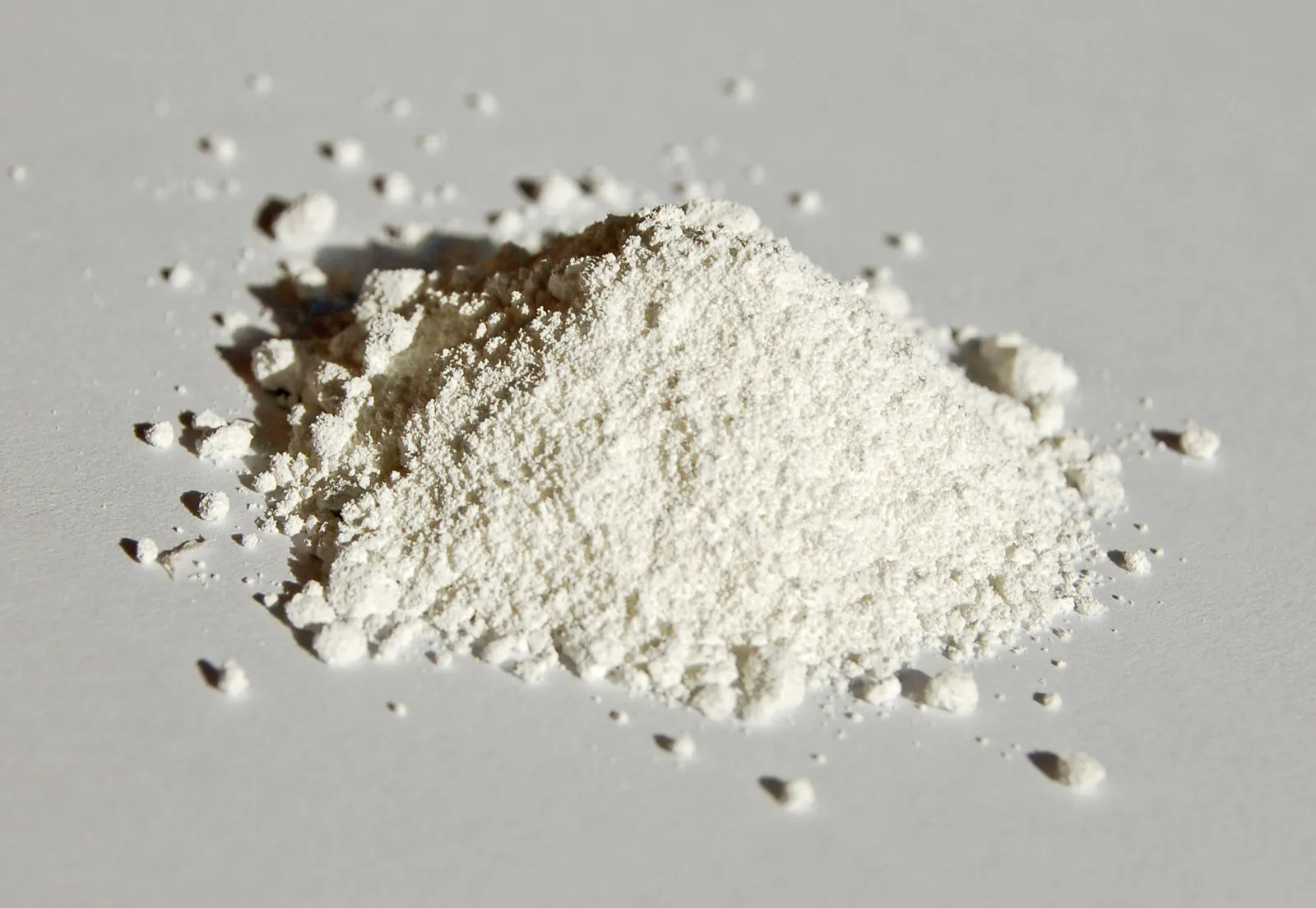- About DidarAsia
- Construction and Contracting

Titanium dioxide (TiO2) is a white, naturally occurring mineral that is commonly used as a bright white pigment in various products, including paints, coatings, plastics, paper, cosmetics, and food. It is also used in a wide range of industrial applications due to its unique properties. Here are some key points about titanium dioxide:
1. Chemical Composition:
Titanium dioxide is a compound composed of titanium and oxygen, with the chemical formula TiO2. It exists in three main crystalline forms: rutile, anatase, and brookite, with rutile and anatase being the most commonly used forms.
2. Pigment:
Titanium dioxide is primarily known for its use as a pigment in the manufacturing of paints, coatings, and plastics. It is highly effective at providing opacity, brightness, and whiteness to these materials. It is often used as a replacement for lead-based white pigments due to environmental concerns associated with lead.
3. UV Absorption:
Titanium dioxide is an effective ultraviolet (UV) light absorber, making it valuable in sunscreens, where it helps protect the skin from harmful UV radiation. It is also used in the production of UV-blocking materials for windows and sunglasses.
4. Cosmetics:
Titanium dioxide is a common ingredient in cosmetics, such as foundation, sunscreen, and powdered makeup, due to its ability to provide color and sun protection.
5. Food Additive:
Titanium dioxide is used as a food additive (E171 in Europe) to provide whiteness and opacity to various food products, including candies, chewing gum, and frosting. However, there have been concerns about its safety, leading to regulatory reviews and restrictions in some regions.
6. Ceramics:
In ceramics, titanium dioxide can be used as a glaze opacifier and to enhance the whiteness and brightness of ceramic products.
7. Photocatalysis:
Titanium dioxide has photocatalytic properties, meaning it can accelerate chemical reactions when exposed to light. This property has applications in environmental purification, such as air and water treatment, where it can help break down pollutants and contaminants.
8. Coatings and Films:
Titanium dioxide coatings are used for their UV resistance and durability in applications like architectural glass, automotive coatings, and solar panels.
9. Medical Devices:
Titanium dioxide is used in medical devices and implants due to its biocompatibility and resistance to corrosion.
10. Construction Materials:
Titanium dioxide can be added to construction materials like concrete and mortar to improve their durability and self-cleaning properties.
11. Photovoltaics:
Titanium dioxide nanoparticles are used in the production of dye-sensitized solar cells (DSSCs) as photoelectrodes to capture solar energy.
12. Catalysis:
Titanium dioxide is employed as a catalyst in various chemical reactions, including the production of hydrogen, wastewater treatment, and the decomposition of organic pollutants.
13. Nanoparticles:
The use of nano-sized titanium dioxide particles has gained attention in various applications, including electronics, sensors, and advanced materials due to their unique properties.
Titanium dioxide's versatility and wide range of applications make it a valuable material in numerous industries. However, it's important to note that concerns about the safety and environmental impact of nanoparticles and the potential inhalation of fine titanium dioxide particles have led to ongoing research and regulations to address these issues.
specifications can be provided via email